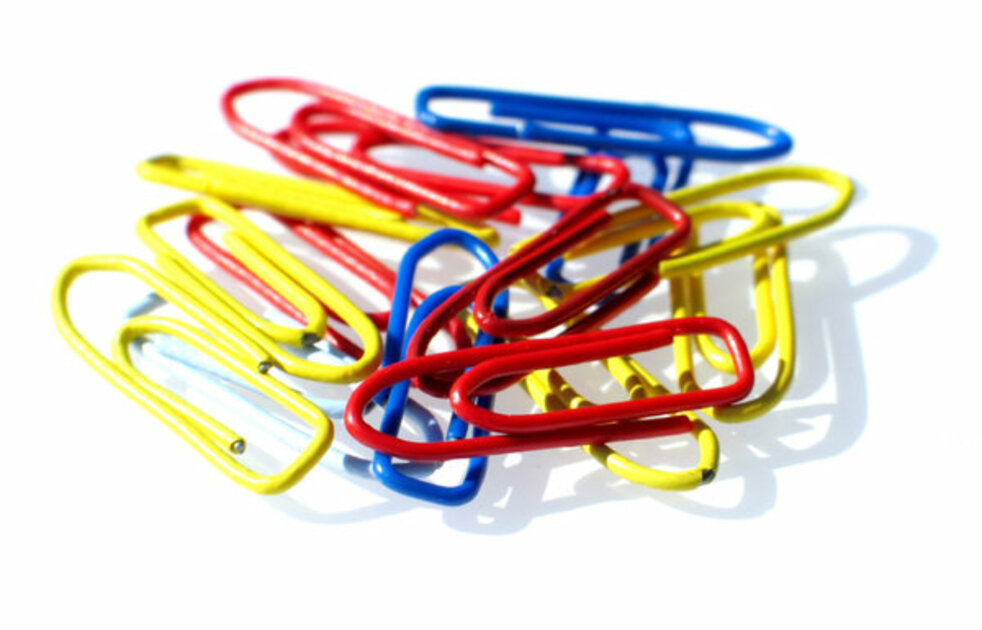
Okay, the title is not quite accurate. Rabbi Elimelech mi’Lizhensk did not draw this flowchart. I drew it, based on the Noam Elimelech on Parshas Vayeira and Parshas Shemini. (Pages 60 and 341 in Pe’ar Mikdoshim edition, 5774)
The above diagram shows the hashpaah flowing from Hashem to the parents, who in turn, channel the shefa of Hashem to their children. The children, seeing, hearing, and feeling Hashem’s love as expressed to them by their parents, come to appreciate and connect with Hashem. The parents, rather than focusing on their own connection with Hashem, sometimes turn their focus towards their children in order to show Hashem’s and their own concern for the children. In doing so, these parents enact the principle called maaseh Avos siman l’banim.
Avraham Aveinu was recuperating from his bris milah. Hashem was, ka’viyachol, standing near Avraham to model the mitzvah of bikur cholim.
Keivan d’chaza d’ka assar v’shari, amer lav orach arah l’meikam hacha.
When [Hashem] saw [that Avraham] was tying and untying [his bandage after the milah], Hashem said it is not appropriate to stand here. (Baba Metzia 86b with Rashi)
The Noam Elimelech understands the wording of this gemara differently. Rather than translating assar v’shari in the physical sense of tying and untying, he looks at these terms in their halachic sense, forbidden and permissible.
Avraham was debating whether or not it is permissible to turn from his focus on Hashem to address the needs of his newly arrived, apparently human, guests. Avaraham saw three human needs represented by the three anashim nitzavim alav: banei, chayei, u’mezonei, caring for children, protecting one’s health and safety, and providing sustenance. He realized that these human needs were his responsibility, yet he was in d’vaikus, close relationship with Hashem at that time. Avraham debated whether he should reduce his d’vaikus with Hashem in order to be mashpia, to focus on helping others. Avraham's choice was to ask Hashem to, ka’viyachol, wait, al na saavor mei’al avdecha, and Avraham ran liros ma she’haolom tzrichim l’hashpia l’hem dei tzarchom, to see what people needed from him, until their needs were met. (Adapted from Noam Elimelech Page 60)
As a result of this display of compassion, this willingness to sometimes lower his connection with Hashem to connect with others, those others come closer to Hashem.
[When a person] lowers his d’vaikus with Hashem, people see his passion and desire to attend to the needs of others, and this person instills in their hearts awe and love for Hashem and their hearts awaken to serve Hashem. (Noam Elimelech Page 341)
Banei, chayei, u’mezonei, caring for children, protecting one’s health and safety, and providing sustenance.
Is it possible that these three are listed in order of importance?
How much time do parents allocate to material sustenance, mezonos in the broader sense? How much to safety and comfort, chayei in the broader sense?
How often do banei take precedence over the other two?
I often hear the expression, nothing is as important to me as my children, followed by but I just don’t have the time I wish I had for them.
I sometimes ask parents, what do you have time for? How did you spend your evening, your Shabbos, your day off?
I do not ask, how did your allocation of time demonstrate to your children that nothing is as important as them? I don’t ask because I know the answer.
The answer is I think my child sees what I do for them, and I want them to see how I build and hold on to my d’vaikus with Hashem.
It is true. Children can appreciate what their parents do for them. Children can learn and emulate the d’vaikus they see their parents achieving.
That’s what this flowchart depicts:
But sometimes children need what their parents do with them. They need to see that their needs are so important to their parents that their parents will sometimes reduce their d’veikus in order to focus on them, as depicted in the Noam Elimelech’s flowchart.
Is it beneficial to tell your child that you are choosing them over someone or something else sometimes? That depends on how you are able to express it. If your mindset is one of obligation and a tinge of resentment, don’t say anything. The medium, you, are always going to come across no matter how you word the message.
If you are giving of yourself out of love and desire to help your child, say so, in whatever way you choose. You will be showing your understanding of the Mishna.
Hu hayah omֵeir, chaviv adam sh’nivra b’tzelem. Chiba y’saira no’daas lo sh’nivra b’tzelem.
He [Rabbi Akiva] used to say: Beloved is man for he was created in the image [of Hashem]. Even more beloved is he for it was made known to him that he had been created in the image [of Hashem] (Avos 3:14)
Don’t wonder whether or not your child knows how much you give of yourself for her. Tell her how much you give of yourself for her, and tell her you do that because she is that important, that valuable, to you. She’ll love you for being that way and she’ll love Hashem for helping you to be that way.
Rabbi Yitzchak Shmuel Ackerman is a Licensed Mental Health Counselor with specialties in marriage, dating, and parenting.
He is the author of Confident Parents, Competent Children, in Four Seconds at a Time Available at bookstores and on Amazon.
He can be reached at 718-344-6575.

 Previous
Previous

